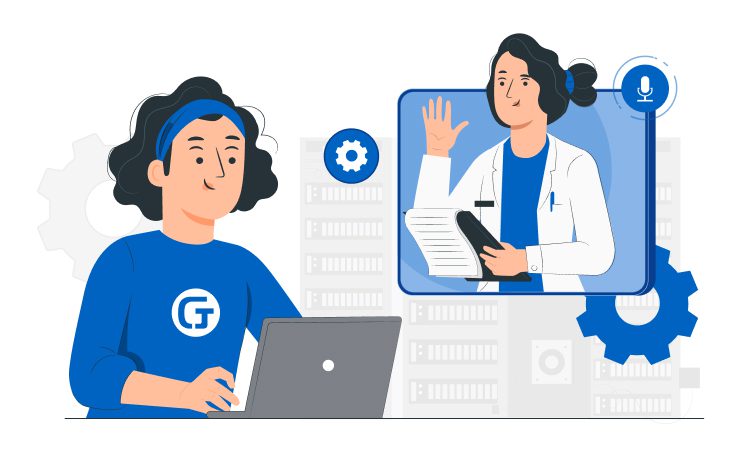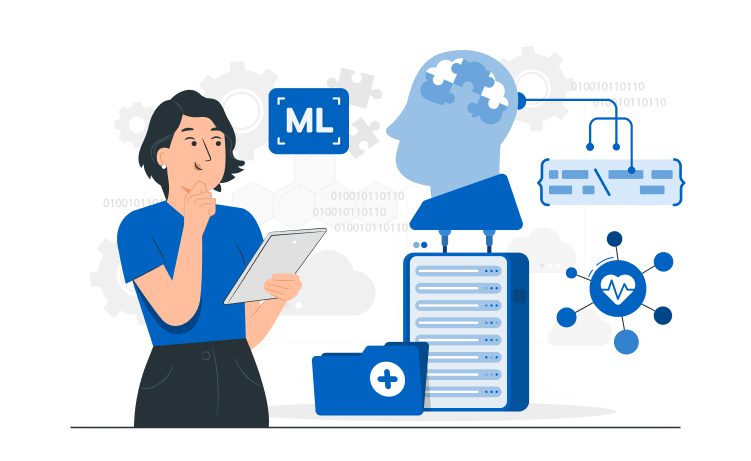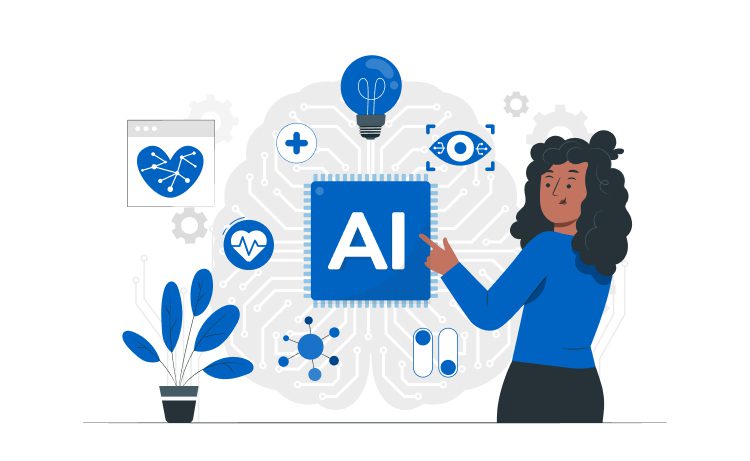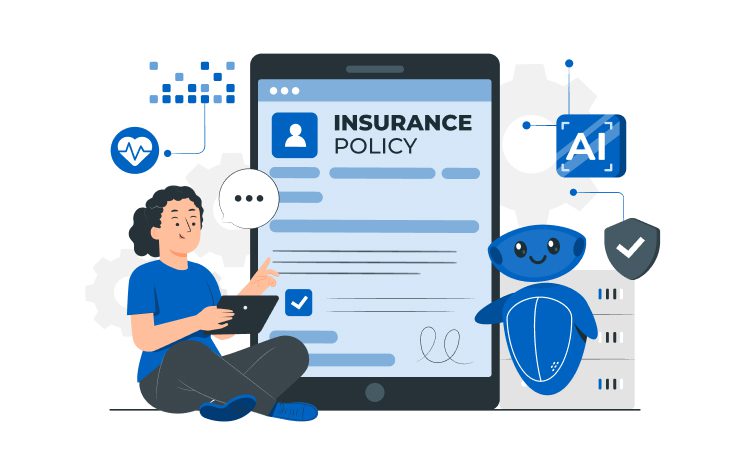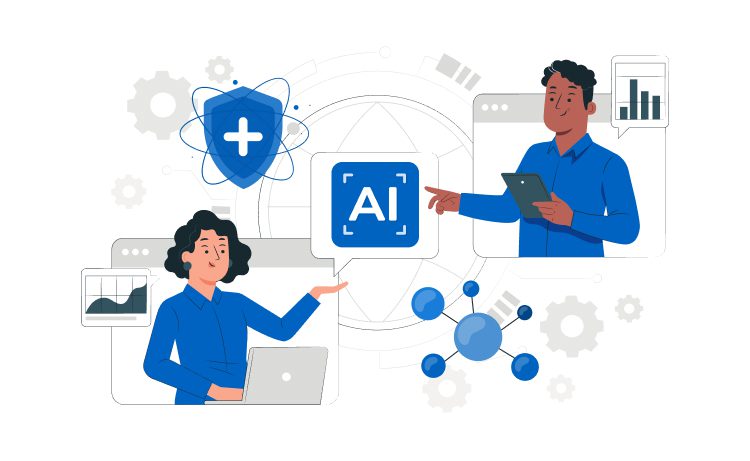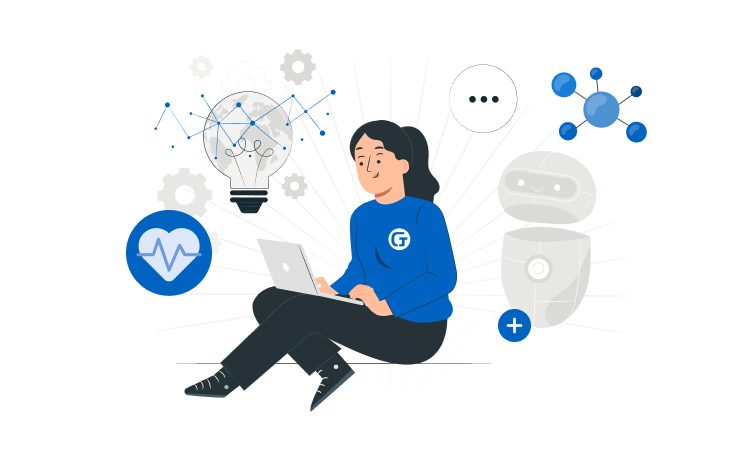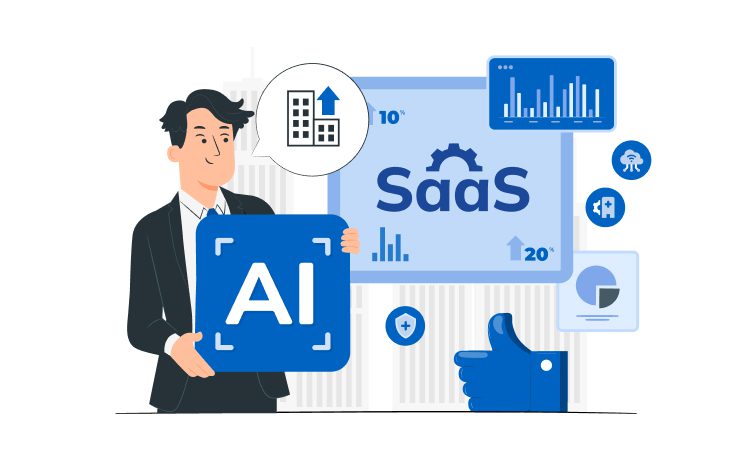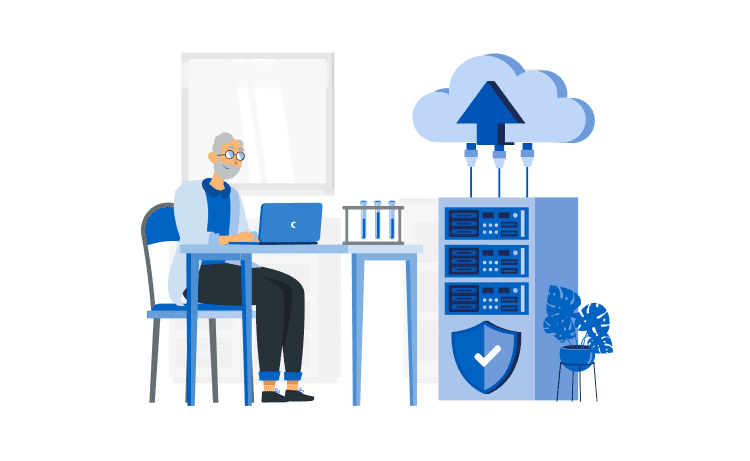
SaMD: What Is Software as a Medical Device



According to Research and Markets, the SaMD market will reach over $86,451.62 million by 2027. The reasons are improved functionality and scale of the platform compared to conventional devices. The innovative products have influenced both medical practice and users’ care about their health. We will describe the digital product from all sides, from concept analysis to development prospects.
Content
The term software as a medical device is found in documents from the International Medical Device Regulators Forum (IMDRF). The organization defines it as software that has one or more medical purposes and performs them without being part of the hardware medical device.
In 2025, market leaders are Velentium LLC, Connected Health, Inzentiz, BrightInsight, Siemens, Phillips-Medisize, and others. Digital product manufacturers collect and analyze data and present it together with their software.
Holistic tools affect the healthcare industry, moving towards individualized treatment for each subject. Combining data with new technologies leads to government regulations to protect the privacy of patient information. For example, GDPR or HIPAA.
Let’s find out what a medical device is as an individual object without digital technologies. It means any tool, apparatus, fixture, software, material, and similar product variations used for diagnostics, monitoring, treatment, research, or help in injuries or changes in physiological processes in the body. This tool must comply with the legal requirements of international acts. These include:
The examples of SaMD are applications that alarm when a patient’s heartbeat is irregular. Also, there is cloud-based software that performs a point-of-care test, a mobile app for ECG processing, and others.
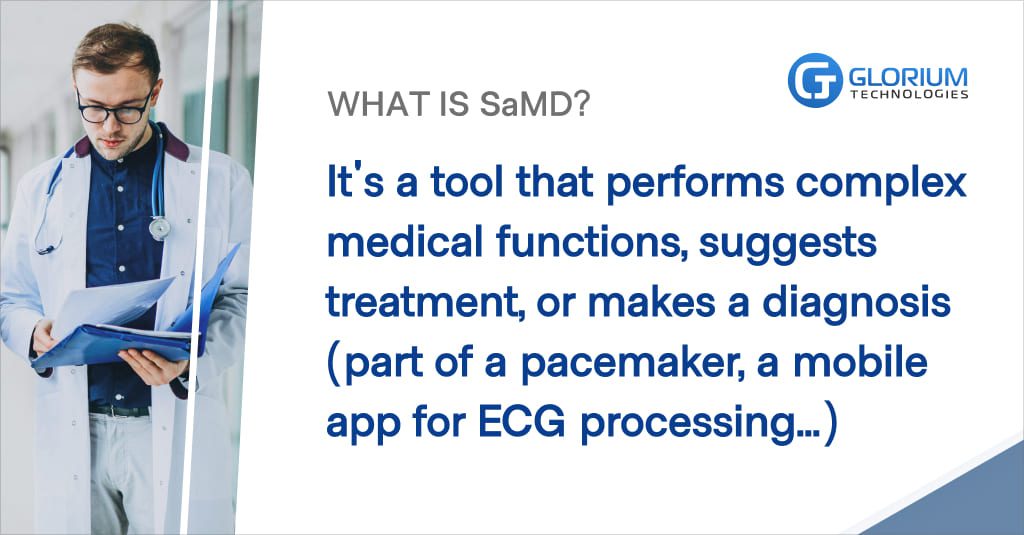
The functionality and classification of software are governed by many documents. The IMDRF is the primary developer of regulations that are subject to approval by organizations worldwide. It created a working group to write guidelines and standards for medical devices.
We propose to consider the main documents of Europe and the USA regulated by SaMD:
International documents provide information on labeling standards, classification principles, and application rules. Flexible regulation and ensuring data confidentiality are the main tasks of the competent authorities in Europe and the United States.
In the healthcare segment, SaMD is considered a new kind of specialized program. It covers applications in various medical branches like monitoring, diagnostics, digital therapy, etc. When creating a digital product, AI and ML technologies are used. For example, in the remote management of surgical operations.
The technology facilitates data monitoring by automating the work of specialists. Medical conditions and recent changes are collected and analyzed to monitor the user’s health. These tools help physicians make decisions about diagnosis, examinations, and laboratory tests. They analyze patient information using algorithms. Data can include weight, age, blood pressure, etc.
Medical professionals use software to decrypt the collected information. For example, the technology senses the user’s physiological signals during sleep. Additional tools, such as a microphone or a gadget’s camera, help determine the stages of a night’s rest and identify various pathologies (obstructive sleep apnea syndrome). Based on the observations, the device proposes a treatment plan.
The strict control by state bodies ensures trust among doctors and patients in a digital product. Strong regulation reduces the number of suppliers who don’t want to spend time and effort on full development. SaMDs are tested and built considering all regulations. These devices can be accepted through large-scale reimbursable programs such as Medicare.
Innovative platforms can improve the performance of healthcare professionals, reduce costs, and identify patient problem areas. For example, there is software that displays MRI and other medical images on smartphones and BMI or body fat calculators. The tool monitors users’ performance in real-time and warns doctors about possible violations – healthcare software development.
SaMD solutions play a key role in patient care with classification and impact on treatment outcomes. They support comprehensive monitoring of the condition, helping to identify the first symptoms. They also provide monitoring of chronic diseases such as diabetes, bronchial asthma, and others. Mordor Intelligence estimates that spending on remote healthcare monitoring may reach $1.1 trillion by 2025.
This software provides an effective treatment plan combined with medical methods. For example, SaMD estimates the risk of breast cancer based on the analysis of digital images of mammograms.
Based on the results, the doctor draws up a treatment plan or prescribes additional examinations.
The growing impact of the Internet of Things, AI, and Machine Learning in healthcare leads to new opportunities in healthcare. Software technology transforms healthcare by allowing patients to quickly get information and participate in solving their health problems. In January 2021, the FDA issued an “AI/ML-Based Software as a Medical Device (SaMD) Action Plan”. It includes 5 directions:
Medical device manufacturers use programming technology to update products and features. Mordor Intelligence reports that pharmaceutical and medical technology companies spend about 5-12% of their revenues on R&D to bring safe products to the market. The introduction of new methods into development is accompanied by the search for specialists with relevant skills. They must apply frameworks (Flask, Asp.NET, Spring Boot), programming languages (Python, Java), and agile teamwork methodologies.
Classifying SaMD means the formation of unique regulatory requirements for each digital product. Sellers should use a common classification. Manufacturers decide on the class of the manufactured product on their own. You can contact the specialized authorities for advice by submitting the request. The classification is an addition to major regulations such as IEC 62304 and the EU medical device regulation.
The risk level is divided into four categories (I-IV). They are ranked from low to high and indicate the degree of exposure to the patient. The levels show the importance of software data in preventing death, illness, and other situations. The classification considers the severity or duration of the people’s condition. It compares the value of the information obtained from the SaMD with the patient’s situation.
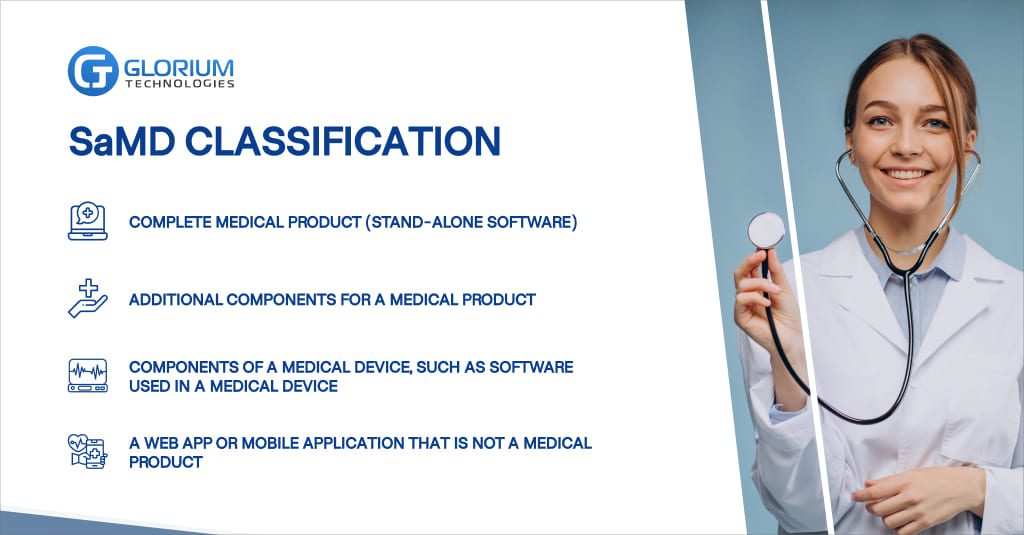
It is essential to distinguish between SaMD and similar options, such as a calorie counting app or daily workout app. This category also excludes administrative support software, laboratory information systems with limited functionality, etc.
The final document of the Asian Harmonization Working Party contains another version of the SaMD classification. An IT product is defined in terms of an accessory, a full-fledged medical device, or an object that influences the processes in the main device. For instance, it may plan radiation therapy or be part of a pacemaker.
Documents of the authorities and associations may be used to classify software as a medical device. For example, MEDDEV 2.1/6, Guidelines on borders and classification issued by the EU, IMDRF, MCDG 2019-11, and others. They contain examples of IT products and classification nuances.
The hardware market is transforming under the influence of IoT, AI, ML, and other factors. SaMD refers to innovative technologies that provide unique opportunities for patient care. Medical products can connect to other devices, interact with doctors and patients, collect data, and monitor treatment remotely. The implementation of SaMD helps to effectively monitor medical care at home or in a hospital.
Software as a medical device means a tool that performs complex medical functions, suggests treatment, or makes a diagnosis. For example, a part of a pacemaker, a mobile app for ECG processing, and others.
It is a tool used for the diagnosis and treatment of patients, as well as other medical purposes. It must have technical documentation, pass conformity assessment, and get a classification and a unique marking.
Legislative regulation, necessary medical care, remote diagnostics and prevention, innovative technologies, and rapid collection and analysis of information.

